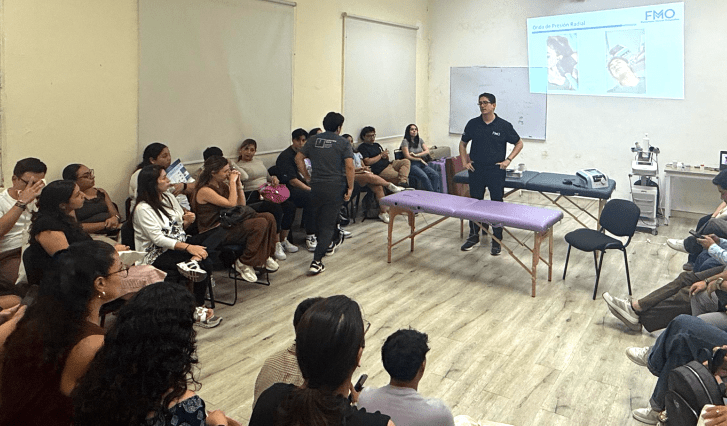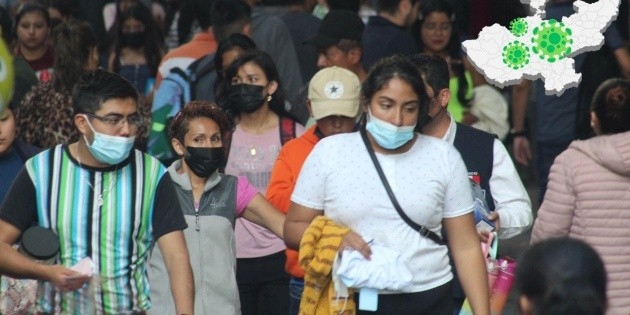Madrid increases its diagnostic capacity
%3Aformat(jpg)%3Aquality(99)%3Awatermark(f.elconfidencial.com%2Ffile%2Fbae%2Feea%2Ffde%2Fbaeeeafde1b3229287b0c008f7602058.png%2C0%2C275%2C1)%2Ff.elconfidencial.com%2Foriginal%2Fdc3%2F97d%2F464%2Fdc397d464bd9edeed9cec4752bb2a278.jpg&w=1280&q=100)
Over the past three years, the Community of Madrid has experienced a significant boost in its diagnostic capacity , reflected in an increase in the volume of tests performed, as well as a notable reduction in patient waiting times. According to data from the Madrid Health Service (Sermas) Results Observatory, more than 1.4 million advanced diagnostic imaging tests were performed in Madrid hospitals in 2024, with notable growth in CT scans (Computed Tomography) and MRIs, which increased by 7.4% and 20.4%, respectively, compared to 2022.
In 2024, Madrid hospitals performed 831,052 CT scans and 590,418 MRI scans. These increases reflect an efficient response to the growing demands of citizens and the technological advancements implemented in the Madrid healthcare system.
The increase in diagnostic activity has not only allowed for more tests to be performed, but has also had a direct impact on reducing waiting times for diagnostic tests. In December 2024, the average wait time for diagnostic tests was 63.8 days, a decrease of 10 days compared to the previous year, and more than a month less than in 2022. The average wait time was significantly lower for CT scans, at 47.39 days, and for MRI scans, at 48.07 days. This decrease in waiting times is a clear indication of the efficiency achieved in the region's healthcare system, improving accessibility for patients and enhancing the overall healthcare experience.
The high-complexity hospitals in the Community of Madrid have played a key role in this increase in diagnostic activity . In 2024, these eight hospitals performed more than 760,000 advanced imaging tests , with a significant increase of 11.4% in CT scans and 22.3% in MRI scans compared to 2022. These figures reflect not only the hospitals' capacity to handle a higher volume of tests, but also their efficiency in resource management and the implementation of advanced technologies .
:format(jpg)/f.elconfidencial.com%2Foriginal%2F5d0%2F9ba%2F52e%2F5d09ba52e105a07a033499d100e8e060.jpg)
The Jiménez Díaz Foundation and the San Carlos University Hospital stand out in particular, having achieved the largest increases in MRI and CT scans , with growth rates of 37.3% and 41.5%, respectively. Furthermore, these hospitals have distinguished themselves by their ability to reduce waiting times , with the Jiménez Díaz Foundation achieving the lowest figure in the region, with an average wait of just 11.9 days.
The increased diagnostic activity has had a direct impact on waiting lists , especially in high-complexity hospitals. In 2024, the average wait time for MRI scans was reduced to 63.8 days, while the wait time for CT scans fell to 41.5 days. The Jiménez Díaz Foundation, Puerta de Hierro , and Clínico San Carlos hospitals recorded the shortest waiting times, with a reduction of more than 30% compared to 2022.
Over the past three years, the Community of Madrid has experienced a significant boost in its diagnostic capacity , reflected in an increase in the volume of tests performed, as well as a notable reduction in patient waiting times. According to data from the Madrid Health Service (Sermas) Results Observatory, more than 1.4 million advanced diagnostic imaging tests were performed in Madrid hospitals in 2024, with notable growth in CT scans (Computed Tomography) and MRIs, which increased by 7.4% and 20.4%, respectively, compared to 2022.
El Confidencial




